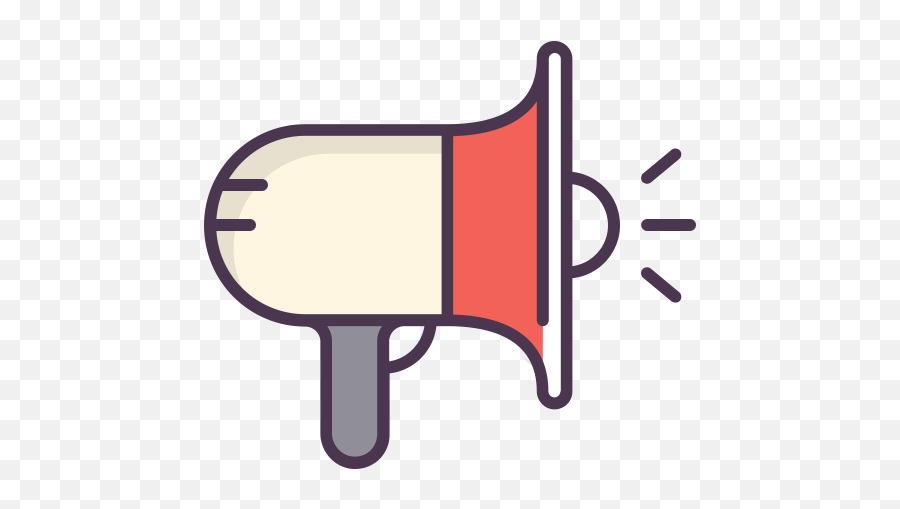
BENEFITS
Spills of hazardous substances usually trigger certain requirements under environmental law, most notably reporting requirements. For example, the company may have to report information about the spill to local environmental authorities and take certain steps to properly and quickly clean it up. So it’s important to have policy that spells out the response and reporting procedures to be followed when a spill, discharge or release of a hazardous substance occurs.
HOW TO USE THE TOOL
Adapt this model spill response and reporting policy for your company’s operations and the environmental law in your jurisdiction. Then train all workers and supervisors on the policy and its requirements.

